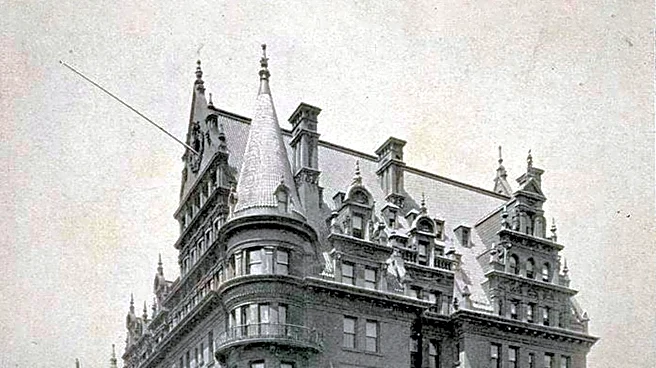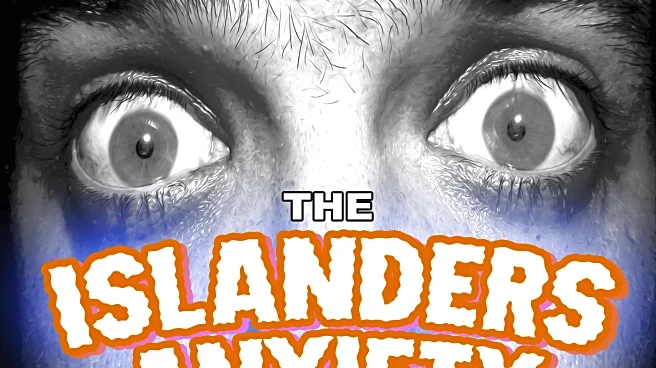What's Happening?
Broadcasting, a term now synonymous with radio and television dissemination, originally described a method of planting seeds. This agricultural practice involved scattering seeds broadly across a prepared
field, a technique still used today. The term's first recorded use dates back to the 18th century, and it became a staple in agricultural guides by the early 1800s. Broadcasting's association with media began in the early 1920s, notably when Frank Conrad broadcasted presidential election results from Pittsburgh's KDKA, the first commercially licensed radio station. The Communications Act of 1934 officially defined broadcasting as the dissemination of radio communications intended for public reception, solidifying its new meaning.
Why It's Important?
The evolution of broadcasting from agriculture to media reflects significant shifts in communication and technology. Broadcasting has become a crucial medium for information dissemination, shaping culture and public understanding. It plays a vital role in democratic societies by providing shared experiences and information. The historical transition highlights the adaptability of language and technology in response to societal needs. Broadcasting's impact extends to various sectors, including politics, entertainment, and emergency communication, underscoring its importance in modern life.
What's Next?
As broadcasting continues to evolve, it faces challenges from digital media and changing consumer habits. The industry must adapt to new technologies and platforms to remain relevant. Stakeholders, including media companies and regulators, will likely focus on integrating digital advancements while maintaining traditional broadcasting's role in public communication. Future developments may include enhanced interactive experiences and expanded digital broadcasting capabilities, ensuring the medium's continued significance in a rapidly changing media landscape.
Beyond the Headlines
The transformation of broadcasting from an agricultural term to a media staple illustrates broader cultural and technological shifts. It highlights the dynamic nature of language and the influence of technological innovation on communication practices. The historical context of broadcasting's evolution offers insights into how societal needs drive changes in media and communication, reflecting broader trends in cultural adaptation and technological progress.












